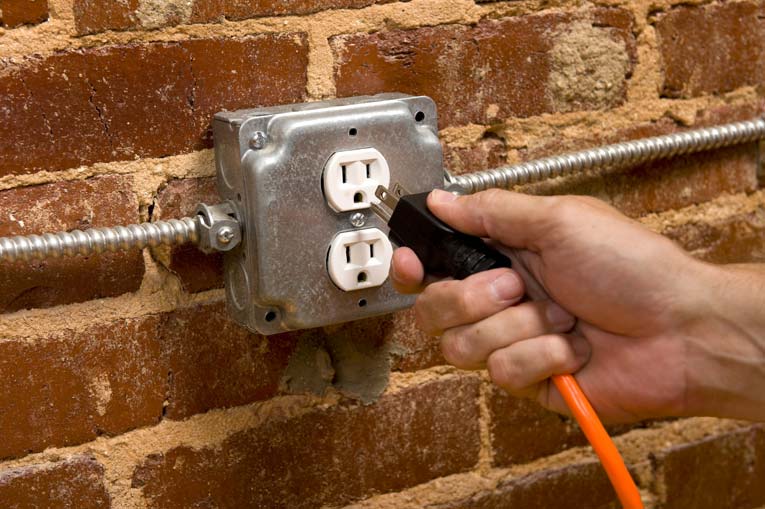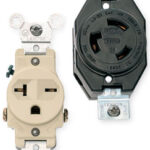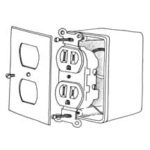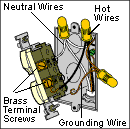Learn how many outlets you can safely use on a 15 amp circuit and avoid electrical overloads. This homeowner’s guide explains the 80% rule and essential safety tips.
If you’re installing new electrical outlets (receptacles) or you’re curious about how many electrical devices you can plug into a standard 15-amp electrical circuit without blowing a fuse, tripping a circuit breaker, or creating an electrical hazard, you’ve come to the right place. This article will help you understand how many outlets you can install on a standard (15-amp) circuit without creating an electrical hazard such as a fire.
The short answer is that you can safely put 8 outlets on a 15-amp circuit, but the full answer is a little more complicated, so please read on.
What Limits are Set by Electrical Code?
The National Electrical Code (NEC) plays a significant role in determining electrical safety standards. It advises that you can put up to 12 outlets on a 15-amp circuit, but it recommends using a formula that will make sure circuits don’t become overloaded. This is called the 80% rule.
The 80% Rule and Outlet Capacity
The NEC emphasizes the importance of calculating the total load of connected electrical devices and making sure this load doesn’t exceed the circuit’s capacity (15 amps, in this case) by keeping the load below 80% of that capacity. This guideline provides the framework for electricians and homeowners when installing outlets.
According to the 80% rule you shouldn’t use more than 80% of a circuit’s capacity to avoid overloading it. Here is how to do the math for a standard 15-amp circuit:
- Multiply 15 amps by 80% to figure the safe operating load. Figure 15 amps x 0.80 = 12 amps as a safe operating load.
- Determine the outlet capacity. This is 1.5 amps for standard outlets (however, as you’ll see below, actual load on an outlet can be more).
- Divide the safe operating load—12 amps—by the 1.5 amp capacity of each outlet. Figure 12 amps / 1.5 amps per outlet = 8 outlets.
- As a result, 8 outlets is the safe number to install on a 15-amp circuit.
Important Electrical Considerations
While the 80% rule is a good starting point, keep these important factors in mind to avoid circuit overload:
- Types of devices: Not all devices draw 1.5 amps. Smaller electronics might use less, while appliances like space heaters or hair dryers can use much more.
- Shared circuits: Outlets are often connected in groups on the same circuit. Consider what other devices might be plugged in and how much power they may need to draw.
- Circuit breaker: Your circuit breaker is designed to trip and shut off power if the current exceeds 15 amps, protecting your wiring. The circuit breaker and the size of the circuit’s wiring are what determine its amperage. In most cases, if a circuit is controlled by a 15-amp breaker, it’s a 15-amp circuit.
Safety Tips
- Don’t overload an outlet: Avoid plugging too many high-wattage appliances into the same circuit.
- Observe warning signs of overloads: If you notice flickering lights, a burning smell, or frequently tripping breakers, consult an electrician.
- Hire a professional: If you’re not capable and qualified to DIY electrical work, hire a licensed electrician.
The Bottom Line
While you could technically put more up to 12 outlets on a 15-amp circuit, it’s not recommended for safety reasons. Sticking to the 80% rule (8 outlets) or fewer is the best way to ensure your electrical system’s safety.
Maximum Number of Outlets FAQs
- Can I add more outlets to an existing circuit? While it’s possible, it’s important to consider the total amperage draw of all devices on the circuit and not exceed 80% of the circuit’s capacity. It’s best to consult an electrician if you’re unsure.
- What happens if I overload a circuit? Overloading a circuit can cause the circuit breaker to trip, shutting off power to that circuit. In severe cases, it could lead to overheating wires, potentially resulting in a fire.
- Do all outlets have the same amperage rating? Most standard outlets in homes are 15- amp outlets, but 20-amp outlets are also available. The type of outlet and its wiring ad circuit breaker determine its amperage rating.
Find an Electrical Pro Near You



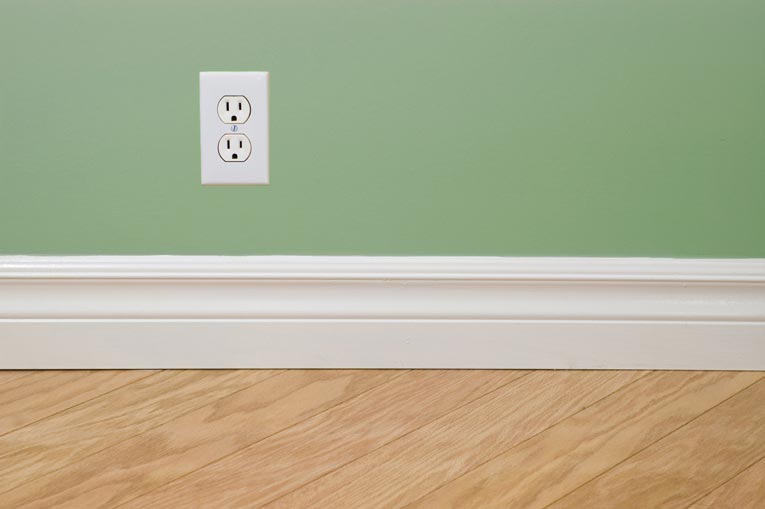
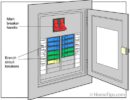
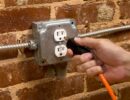

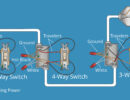
 Don Vandervort writes or edits every article at HomeTips. Don has:
Don Vandervort writes or edits every article at HomeTips. Don has:
